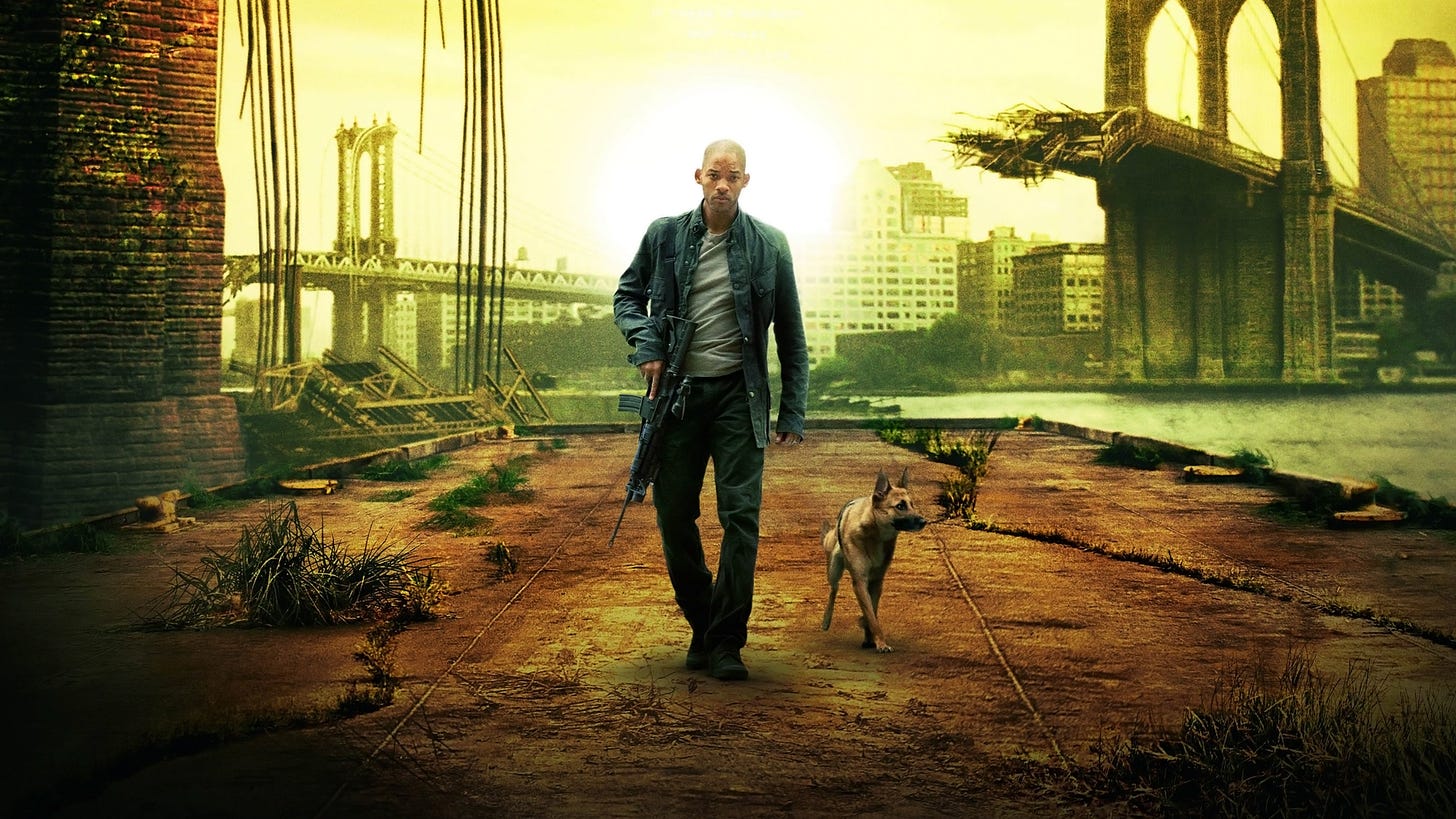The conundrum of complexity
As our societies become more ‘developed’, an ever-increasing level of complexity is needed to manage them. History shows that complexity often leads to collapse.
A few weeks ago, Josh and Jeraldine Blackman — social media influencers from Australia — brought their two young children to New York City for a visit. In a move only an influencer would dream up, Jeraldine decided to strap a video camera around her daughter Jette’s neck to get a ‘toddler’s eye view’ of the city.
And out of the mouths of babes came the unvarnished truth about what it’s really like on the streets of the Big Apple right now:
“Mama, I don’t like here in New York,” Jette squeals in a now-viral post. “There’s a lot of rubbish. Look at all the stuff on the floor. There’s so many people here. What’s so stinky?”
Jette’s disappointment is shared by many, and this decay is not exclusive to New York. Dozens of American cities are in a similar state of rot. Unless you’ve been living under a rock, you’re undoubtedly familiar with the squalid conditions in the once-great San Francisco, including technical solutions to try and stave off the tidal wave of demise. (The feces reporting app Snapcrap no longer appears to exist on the app stores, but that’s not because the problem is fixed; more likely the volume of steaming piles is now beyond the capacity of public works to address, so why bother reporting it?) New Orleans is now so plagued by crime that many are saying they’ll never return. And fentanyl junkies roam the streets of Los Angeles like zombies in a horror film.
The vision most people have of societal collapse looks a lot like those post-apocalyptic horror films — say, something like I Am Legend. But in reality, collapse is a very slow, gradual chipping away at quality of life. One can argue about the root causes, but ultimately a huge contributing factor is this: as societies become more ‘developed’ and urbanized, an ever-increasing level of complexity is needed to manage them. And it seems that the complexity has compounded to the point where the system is so overburdened, it’s buckling under its own weight. That’s what we’re living through today.
The New York City subway is a spectacular, real-time example. When it first opened in 1904, it cost 5 cents to ride the train and the line went 9 miles, getting you “from City Hall to Harlem in 15 minutes.” A century later, the NYC subway system now consists of 472 stations on 25 routes, spread along 665 miles of track. The complexity required to maintain that system is mind-boggling.
Even though the 2023 budget of the Metropolitan Transit Authority (MTA) was $19.2 billion, the subway is now best known for derailments, pizza rats, train delays (one train line is only on time 71% of the time), vomit and diarrhea. Not to mention the epidemic of mental health leading to innocent people being attacked and pushed into oncoming trains.
Even measures implemented under the guise of improvements often create a plethora of whack-a-mole problems that ultimately require more resources — a doom loop, as it were. To wit: the MTA recently introduced European style doors at (what we believe to be) the Sutphin Station, where the E, J, and Z lines meet the AirTrain to JFK Airport. The goal was to stop people from jumping turnstiles while making it easier for those with luggage to pay and move through the gates.
Instead, the result of these ‘improvements’ is that fare evasion has gone up because the modern looking doors stay open longer, allowing up to five people to scoot through at once. This then requires greater police presence to ensure compliance (the NYPD is stretched as it is; aren’t there more important crimes?), not to mention the double-impact on the bottom line of the MTA — the cost of the gates at about $700,000 per installation, and the decrease in fare intake.
It would seem we’re going backwards.
Of course, complexity is only part of the equation; there are myriad other social and economic factors at play as well. The point is, this is what collapse ultimately looks like and as a species, we have been here before many, many times. Archaeologist Joseph Tainter wrote an entire book about it in 1990 called ‘The Collapse of Complex Societies.’1
Most people encounter the dilemma of fallen empires and devastated cities in casual reading, or in a school course. The image is troublesome to all, not only for the vast human endeavors that have mysteriously failed, but also for the enduring implication of these failures.
The implication is clear: civilizations are fragile, impermanent things. This fact inevitably captures our attention, and however we might wish otherwise, prompts disturbing questions. Are modern societies similarly vulnerable?
We at Collapse Life say: of course! Why should this time be any different? With the exception, perhaps, of the most powerful arsenal of technological tools as well as the most extensive understanding of human psychology, the age-old complexity conundrum is playing out before our very eyes.
While we don’t agree with everything Tainter lays out, his theory of collapse as a “major loss of an established level of complexity” relative to the size of the society in which it occurs, is a helpful definition.







I suggest you invite Jem Bendell onto your podcast. https://medium.com/@jylterps/joining-together-as-imperial-modernity-breaks-book-review-and-essay-with-excerpts-75599918206a
Before there are any solutions, people have to accept that there is a problem. The Romans didn't look around and say, "Hey, look! Rome is collapsing!" It took many years and it was a death of thousands of tiny cuts.
Some people are aware of the problems in these cities but the ones that are can see the writing on the wall and relocate. Then you are left with the people who are insulated from the problems by wealth and the ones who don't have the resources to escape. Little by little, the protection of that wealth erodes as the problems become bigger and you are left with fewer and fewer of those who are not able to ignore them.
Look at the basic things.They may see some of the problems but they just pay someone else to deal with them. The wealthy have their children in private schools and are not confronted with the issues in the public scools. Instead of using public transit, they go around in taxis and limos. They have security to keep out the riff raff. Maybe they get fleeting glimpses of it as they go between their nice places but it is just a reminder of how well off they are not to have it be a big part of their lives.
The media are some of the worst. The system in place ensures that only people of means are involved. They had enough wealth to go to the "right" schools. They had enough to be able to take on unpaid internships in the most expensive cities and the connections to even be considered for those. These problems don't exist in their world.